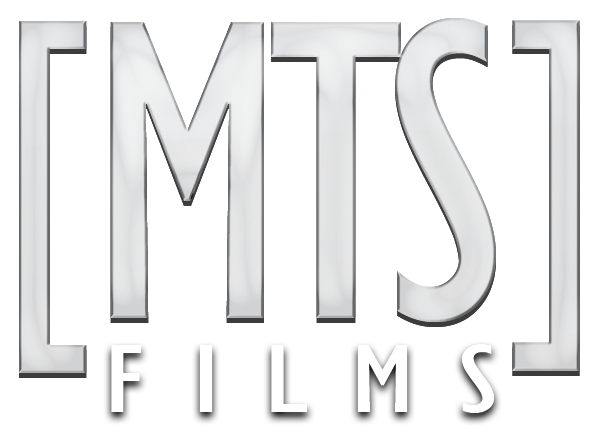Before I write anything more, I'd like to say a BIG thank you to Andrew Kramer and the guys over at Videocopilot.net. Many moons ago (hehe) I started following his work at Creative Cow and have been constantly inspired not only by his amazing tutorials but also his willingness to share with this industry. He has given so much over the years and I, like thousands of others I'm sure, really appreciate it :)
I've recently just finished shooting my third feature length film, "Only The Young Die Good", written and directed by Dominic Deacon. It's a quirky detective noir film set in the 1940's, in Melbourne, Australia. We were lucky enough to shoot in some of Melbourne's oldest buildings and had a wardrobe department that was legit all the way. It was a challenging film to shoot with a very tight schedule, a super small crew and limited light, but, I've really enjoyed it and can't wait to see it on the big screen come 2013 (picture lock is already almost done, GO DOM!!).
On the last night of pick-ups, it was a full moon. Perfect! We could grab a nice moon shot since most of the film is set in the middle of the night. So, as I walked up my driveway I decided to nick inside and grab the old 80-200mm nikkor AI lens, an even older Nikkor 2x converter and see what I could see. My biggest problem wasn't zoom range, but more-so that the sky was overcast with no detail and no stars - just a stark moon. So, after shooting a few minutes of boring video, I decided to pop off a few stills and see what I could do in post. Here's the result:
The techniques in this tutorial are nothing new, but it's good to know that we can do quick composits within EDIUS without having leave the software. I could have spent more time on the passing clouds (like cutting out a couple to actually pass in front of the moon), added an extra layer of clouds or mist and maybe even key-framed the position of the moon to move ever so slightly. These are all things you can try, if you've got time and want to take things to the next level. Also, one thing I didn't mention is the importance of adding grain. When you use an image from the web, or any still image, you will notice a fine grain pattern that doesn't move. This is a dead giveaway that the scene is not real-life moving footage, rather, animated stills. To help hide that fact, you can try adding a subtle layer of moving film-grain using the "overlay" blend mode to help. And finally, SOUND will really make this shot come alive.....crickets, a slight wind...who knows. I can't wait to see it intercut with the film.
Here's the in depth tutorial:
*update > I have created a project file that has everything you need to create/render out your own moon scene (found on the front page under "DOWNLOADS"). This is a new and improved scene with an extra background of clouds and a passing cloud in front of the moon. If you would like to use the scene I created, please credit me, thanks :)




